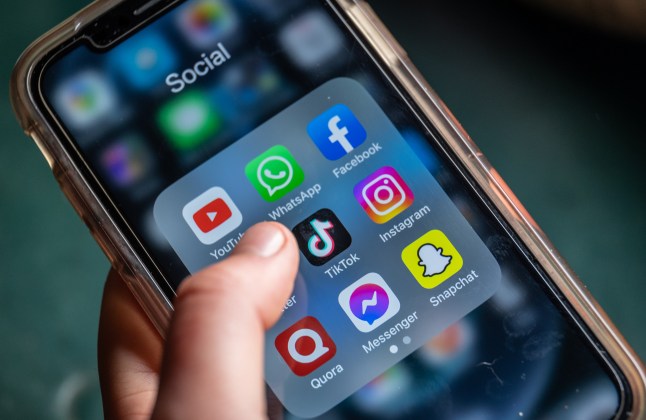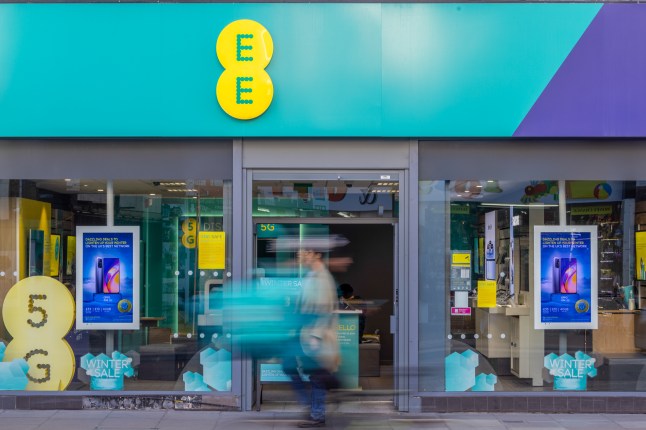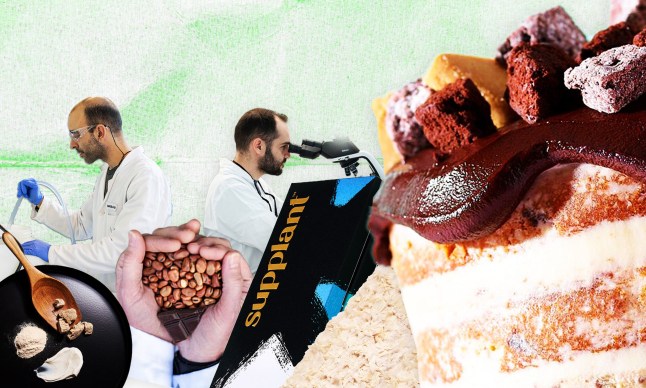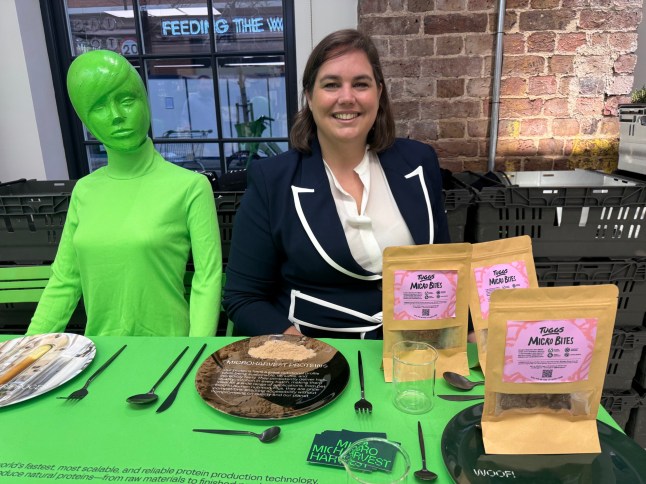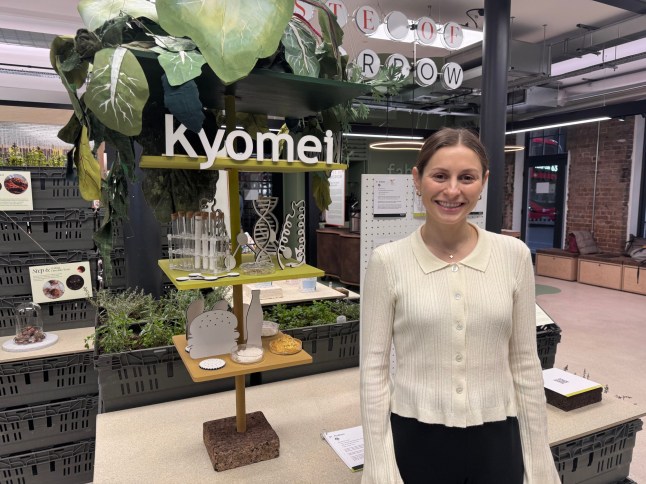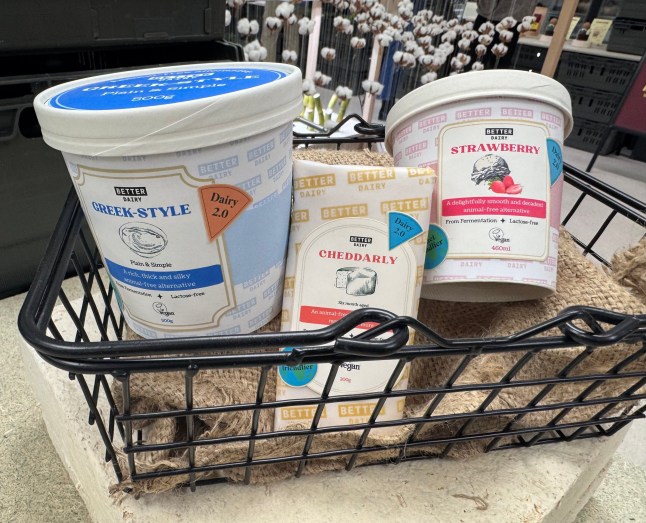
The Asian business landscape is in perpetual evolution. From the geopolitical tensions in the South China Sea to the rise of Singapore as a venture capital powerhouse, or the delicate dance of diplomacy between China and its neighbours and now, the Israel-Palestine War– the news never stops.
Recently, we have seen over 500 venture capital firms signing a joint statement expressing support for Israel amid the ongoing conflict and its tech ecosystem that constitutes nearly 20 per cent of its GDP.
This united stand from mostly US-based firms emphasizes the intricate web that connects the global tech and investment sectors, with Israel, its people, and its tech community noted as long-standing partners to the worldwide “innovation ecosystem.”
The Israel-Palestine conflict resonates far beyond the borders of the nations directly involved, influencing the international community and businesses worldwide. These implications ripple through various stakeholders, emphasizing the urgency for businesses and leaders to maintain relevance amidst such issues.
This unfolding scenario brings us to an urgent question: In such a dynamic environment, how can startups avoid being swayed by every headline?
Especially when the news hits close to home or concerns key industry players? Should startup founders participate in these discussions?
Treading with caution
Before diving headfirst into the whirlpool of political debate, startup founders in Asia should ponder several critical points. Firstly, is your startup truly knowledgeable about the topic at hand?
Does it genuinely affect your business operations? Just because a political issue, like the pro-democracy movements across some Asian cities, grabs headlines, it doesn’t mean every startup needs to have a stance.
Asian startups, like their global counterparts, should be clear on where their expertise and interests lie. For instance, an Asian fintech company could publicly address the importance of financial transparency and anti-corruption measures.
Take Gojek, the Indonesian super-app, for example. It has publicly advocated for clean governance and has taken measures against corrupt practices. The critical element is alignment with the company’s core mission and business values.
Being consistent in values and actions
The age-old mantra of “hurry up and innovate” isn’t sustainable, especially in today’s Asia, with its multifaceted geopolitical landscape. It’s not enough for a startup to merely voice their values; these must be mirrored in their actions.
A startup might claim to champion diversity, but if its recruitment primarily focuses on top-tier universities, it sends mixed signals. Or consider the company that voices support for local manufacturing but outsources its primary production line abroad. Such inconsistencies can not only damage the brand image but can also negatively impact profitability and talent retention.
Setting up a geopolitical strategy
Asian startups need a clear roadmap to navigate the intricate world of geopolitics. Here are some pointers to consider:
Anticipate Regulatory Changes – Given the varying political climates across Asia, startups need to stay ahead of potential regulatory shifts. Whether it’s understanding Singapore’s data protection laws or navigating China’s internet regulations, being prepared is half the battle.
Determine When to Make a Public Statement – Not every headline warrants a company’s input. By establishing guidelines on the kind of issues a startup will comment on, founders can avoid unnecessary debates and ensure alignment within the executive team. For example, an e-commerce platform might find it pertinent to comment on digital taxation in ASEAN but opt to stay silent on unrelated geopolitical matters.
Seek Expert Guidance – Startups can’t be expected to juggle business growth and geopolitical complexities simultaneously. By seeking guidance from seasoned advisers and PR experts familiar with Asia’s intricate political and media landscape, startups can make informed decisions. This is a move taken by many of Asia’s unicorns, employing experts who deeply understand the region’s geopolitical intricacies and know how to craft narratives that resonate positively.
Engaging in the news cycle, especially on divisive topics, can be a double-edged sword. On one hand, it showcases thought leadership and aligns your brand with specific values. On the other, it can alienate stakeholders or create unintended business risks.
Asian startups, like all businesses, face the challenge of navigating a dynamic and often overwhelming news cycle. It’s crucial for these startups to tread carefully, considering the long-term implications of their statements and actions, especially in a globalized business landscape where events in one region can impact another. Rather than reacting impulsively to every headline, they should focus on their core mission, values, and long-term strategy.
This is where a robust PR strategy becomes invaluable. A well-executed PR campaign strategically positions your startup in the news, ensuring that your voice is heard and understood in the right context.
Nonetheless, while it’s essential to stay informed and, when necessary, take a stand, it’s paramount not to let fleeting headlines divert them from their ultimate goals and vision, ensuring they navigate the complex waters of geopolitics with grace and confidence.
–
Editor’s note: e27 aims to foster thought leadership by publishing views from the community. Share your opinion by submitting an article, video, podcast, or infographic
Join our e27 Telegram group, FB community, or like the e27 Facebook page
Image credit: Filip Mishevski on Unsplash
This article was first published on October 26, 2023
The post Rising above the noise: Why startups shouldn’t chase every news cycle appeared first on e27.






